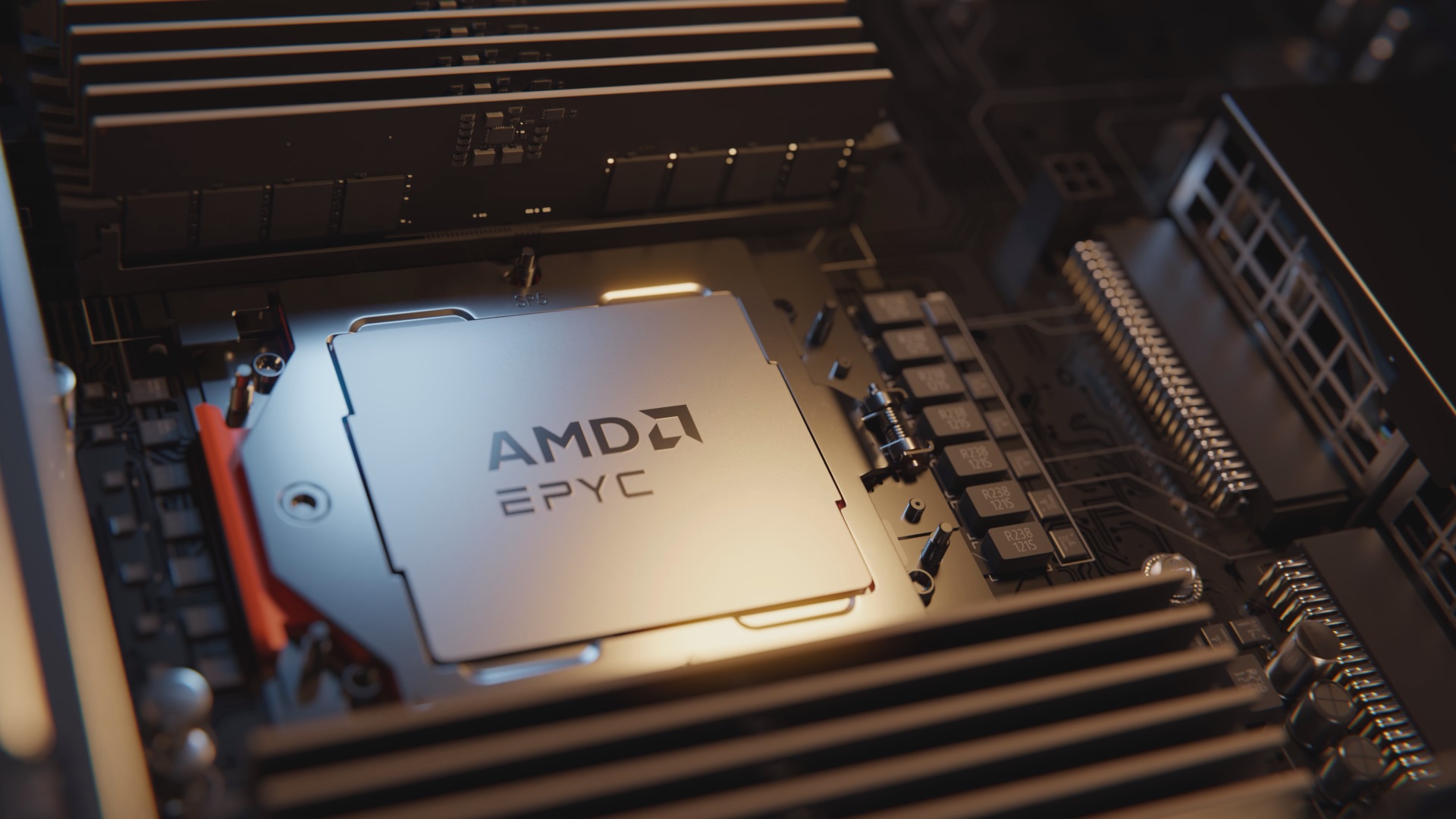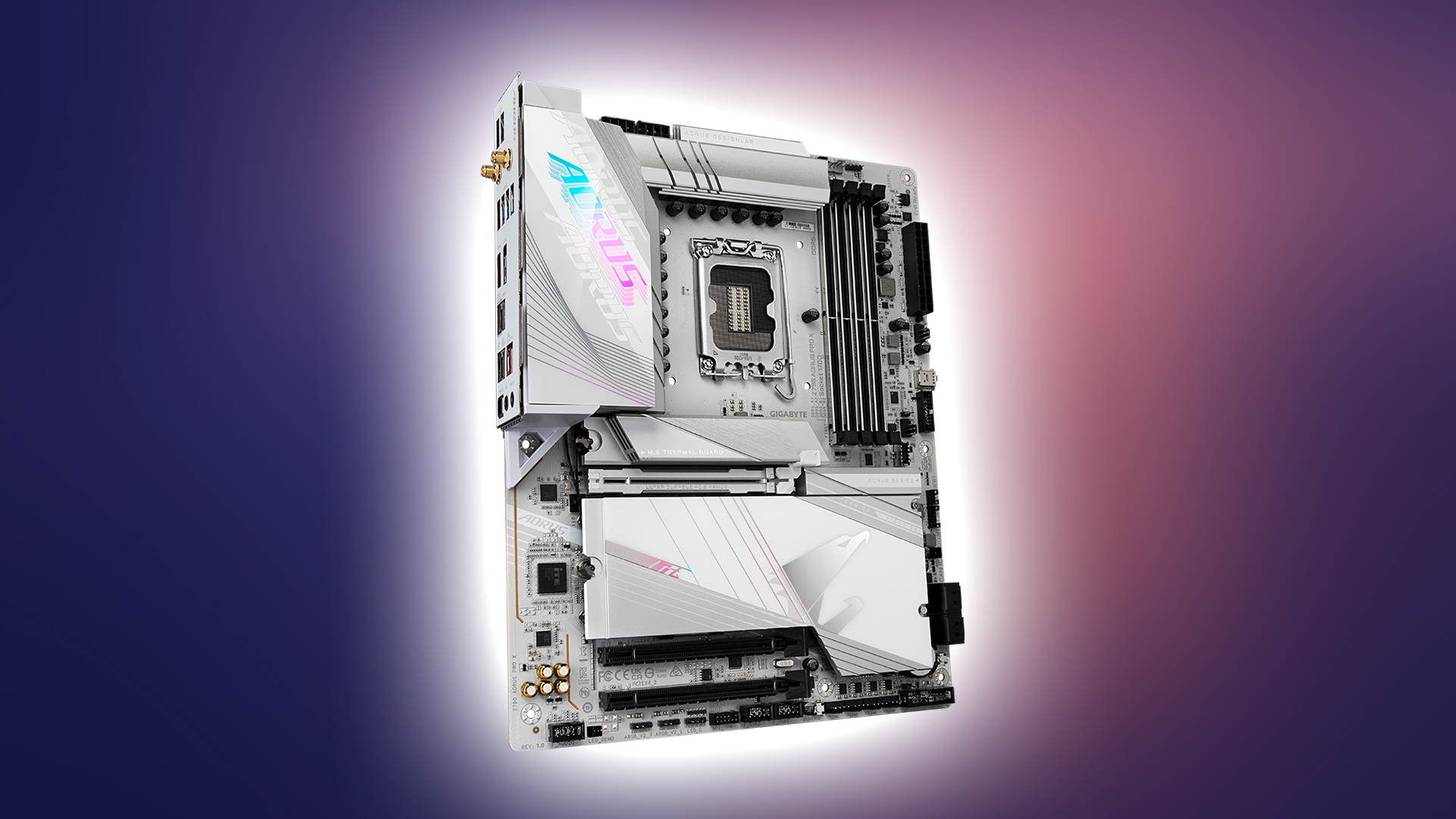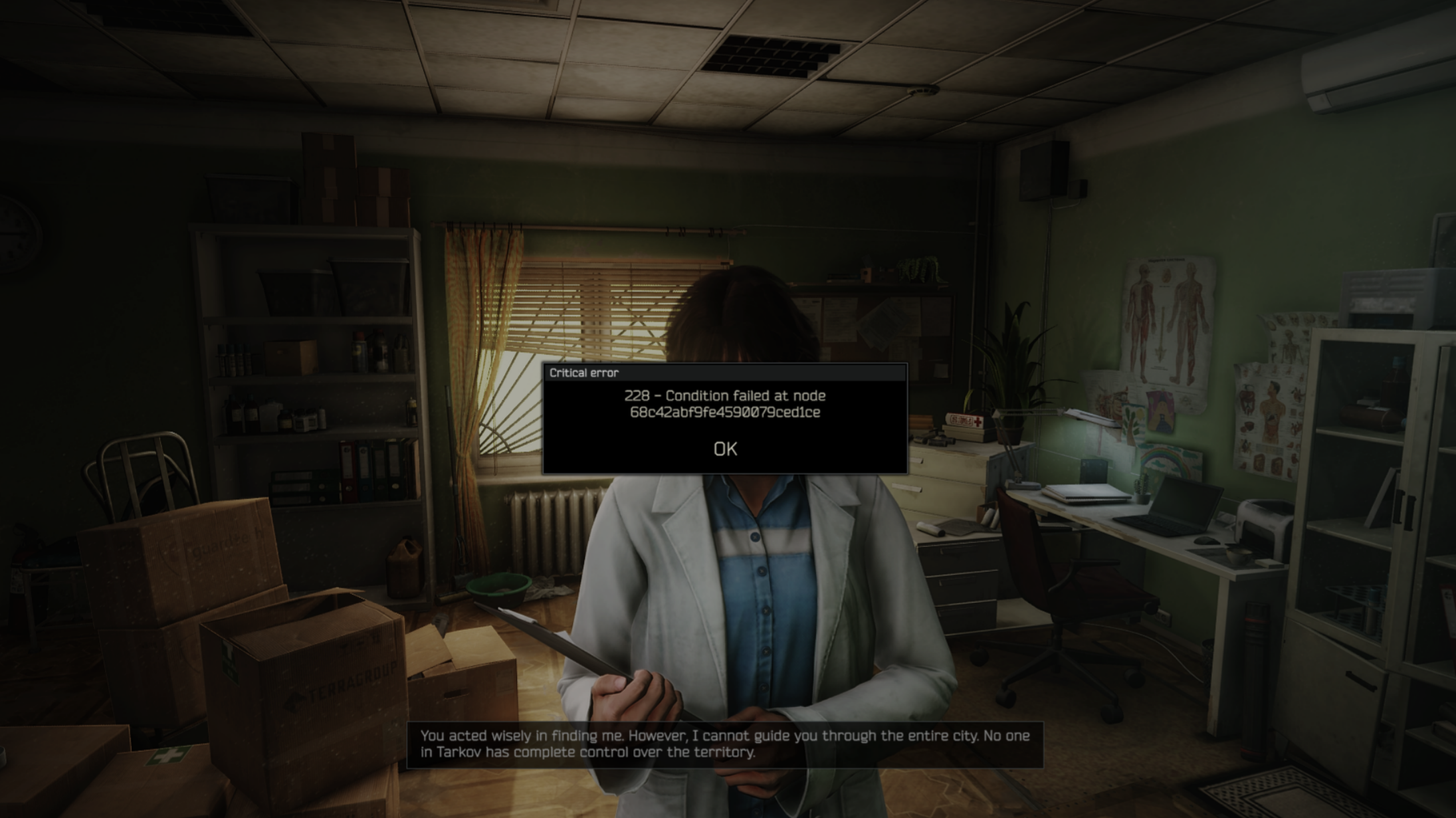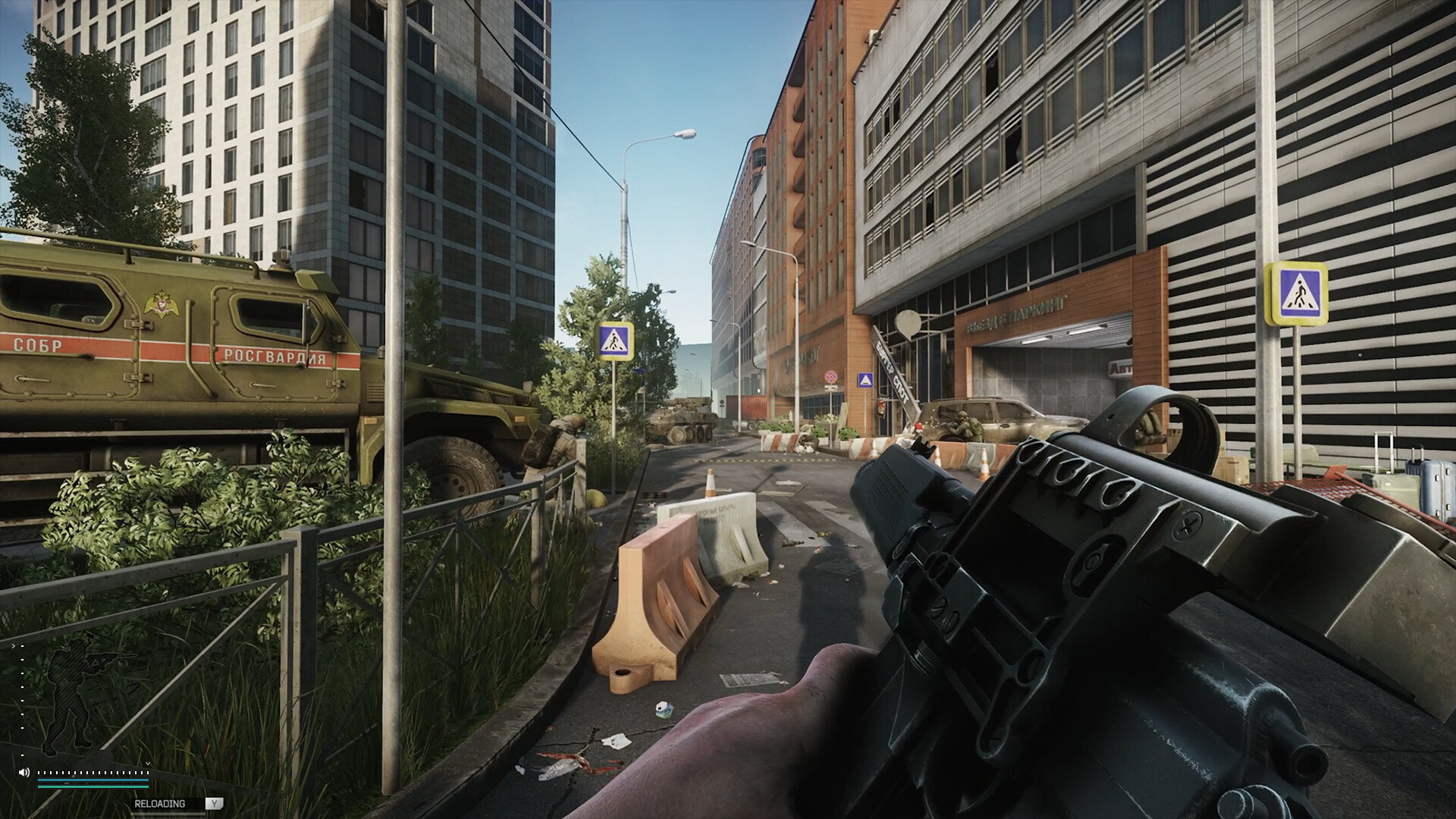Discover how PCIe lane count and its placement can make or break your gaming and productivity performance.

PC builders who are looking to build a new one or upgrade their existing one should pay close attention to the PCIe lane distribution. It is essential to understand how your motherboard assigns these lanes and how the lanes are configured, for example, whether they are transferred directly from the CPU or the PCH (such as X870E or Z890). Improper configuration will result in severe performance drops and ultimately hinder all your activities.
PCIe lanes are essential because these are the superfast data paths between your CPU and expansion cards, such as a GPU, a Sound Card, a dedicated Network interface, and more. Each lane is bi-directional, meaning data can travel back and forth at lightning speeds. PCIe lanes range from x1 to x16 configurations, but sometimes the larger PCIe slots can be x1 or x4. Plugging in your GPU will result in a poor gaming experience.
PCIe Lanes: Impact on Gaming Performance

With top-tier PCIe technologies like Gen 5.0, you’d expect expansion cards to be bandwidth-hungry beasts. But here’s the thing: most modern GPUs, even at the high end, don’t fully saturate the available PCIe bandwidth. This exception applies to GPUs that manufacturers intentionally limit in bandwidth, such as the RX 6500 XT. That card runs on a PCIe Gen 4.0 x4 interface, a limitation imposed by the factory. Install that on a Gen 3.0 motherboard; the usable bandwidth gets cut in half again, more like stacked half bandwidth on top of each other, and ultimately, the GPU gets bottlenecked by the interface.
Taking note of the above situation, it becomes particularly concerning for the budget gamer who plans to pair GPUs like the 4060 or 4060 Ti with their older systems (running on PCIe Gen 3.0). These cards, 4060 and the Ti, already ship with a PCIe Gen 4.0 x8 interface, meaning they operate at half the lane width of traditional x16 cards. The current Gen 4.0 x8 interface provides bandwidth equal to a Gen 3.0 x16 configuration. When a user installs a 4060 in a Gen 3.0 x16 interface, the card, which is factory-limited to run at x8 lanes, will automatically operate in PCIe Gen 3.0 x8 mode. There, the entire situation happens again.
But say you have a modern-day hardware, a modern GPU and a modern motherboard with PCIe Gen 4.0 support. It really won’t matter whether you use x8 or x16, as the performance penalty is barely noticeable, unless you are in the 4K super high-end 5090/4090 territory, then there are noticeable drops.
Impact on Productivity Applications
Now things dramatically change, as software such as DaVinci Resolve and Adobe Premiere Pro experience a performance reduction of around 10-30% when GPUs operate at x4 mode. Higher bandwidth is necessary for resource-intensive tasks like this because applications constantly transfer large datasets between system memory and GPU memory, making bandwidth crucial for a seamless workflow.
Machine learning and AI workloads are even more sensitive to bandwidth. Deep learning training with multiple GPUs requires them to run at full lane speeds. Otherwise, performance drops to over 50%. EPYC and Intel Xeon Gold platforms fully utilize PCIe lanes, providing as many as possible, such as 128 and beyond.
Conclusion
As mentioned at the beginning, when buying PC hardware, always refer to the manual to see how the motherboard handles PCIe lanes. It is always best to invest in a good motherboard; signal integrity is also essential. Some motherboards allocate lanes from the PCIe (GPU) to support PCIe Gen 5.0 NVMe SSDs, as the user manual clearly states. Be aware of this when purchasing.
We provide the latest news and “How To’s” for Tech content. Meanwhile, you can check out the following articles related to PC GPUs, CPU and GPU comparisons, mobile phones, and more:
- 5 Best Air Coolers for CPUs in 2025
- ASUS TUF Gaming F16 Release Date, Specifications, Price, and More
- iPhone 16e vs iPhone SE (3rd Gen): Which One To Buy in 2025?
- Powerbeats Pro 2 vs AirPods Pro 2: Which One To Get in 2025
- RTX 5070 Ti vs. RTX 4070 Super: Specs, Price and More Compared
- Windows 11: How To Disable Lock Screen Widgets
 Reddit
Reddit
 Email
Email


